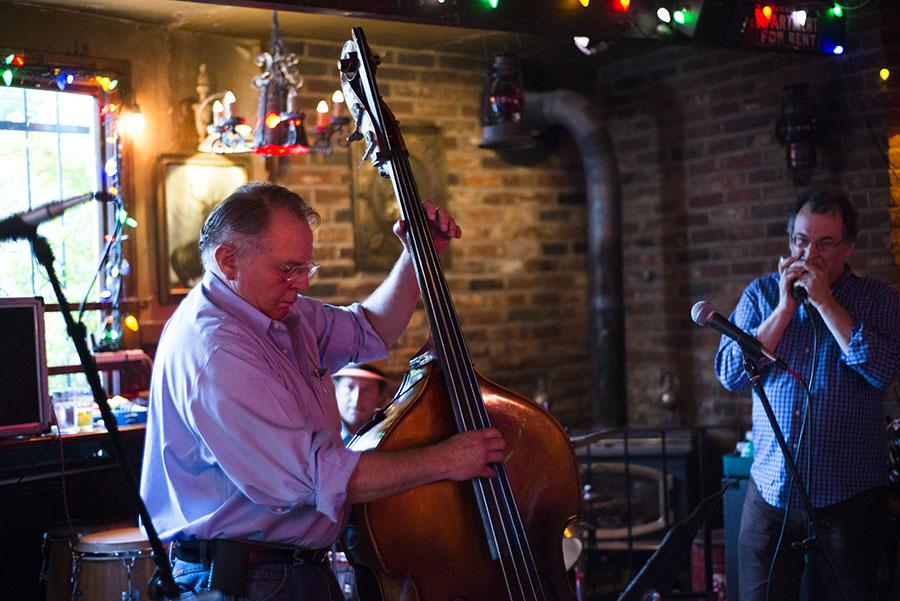Michael Stocker spends his days lobbying to reduce human-generated noise in the ocean, but last Monday night, he was whipping up an audience . . .
Michael Stocker: A life immersed in sound


Michael Stocker spends his days lobbying to reduce human-generated noise in the ocean, but last Monday night, he was whipping up an audience . . .